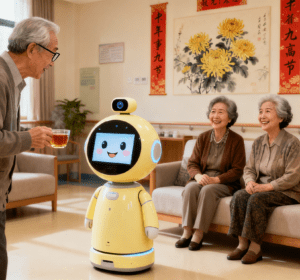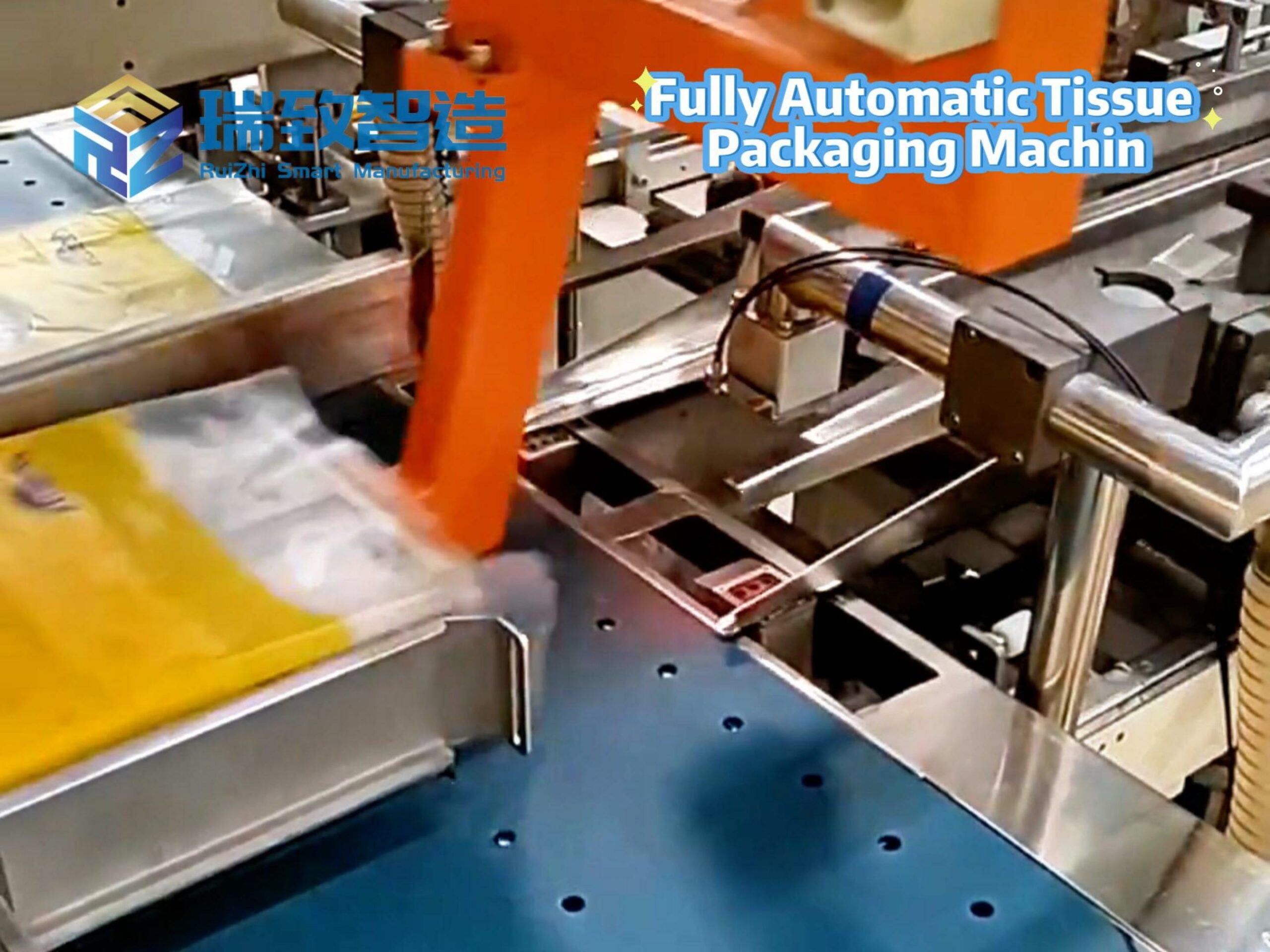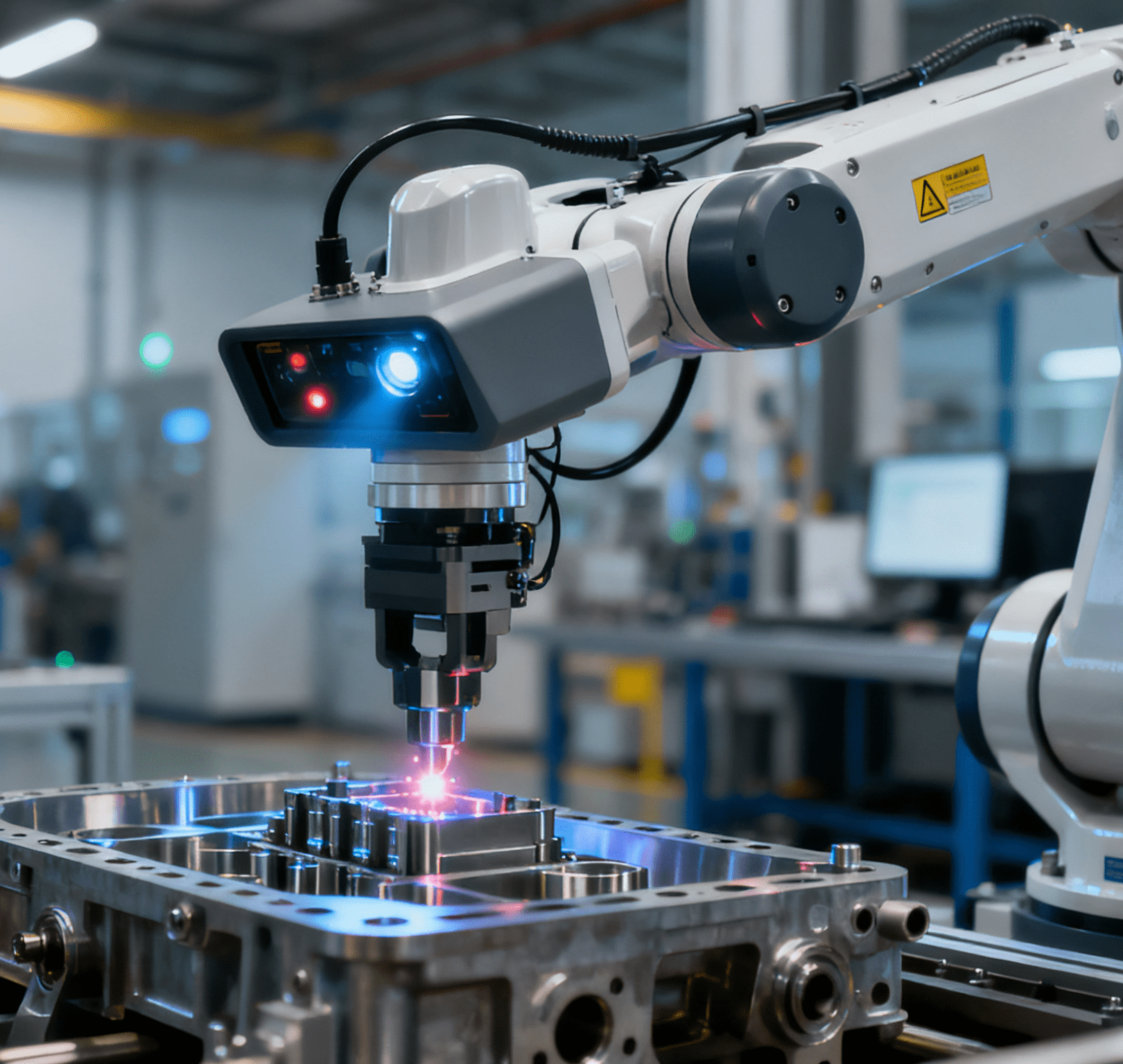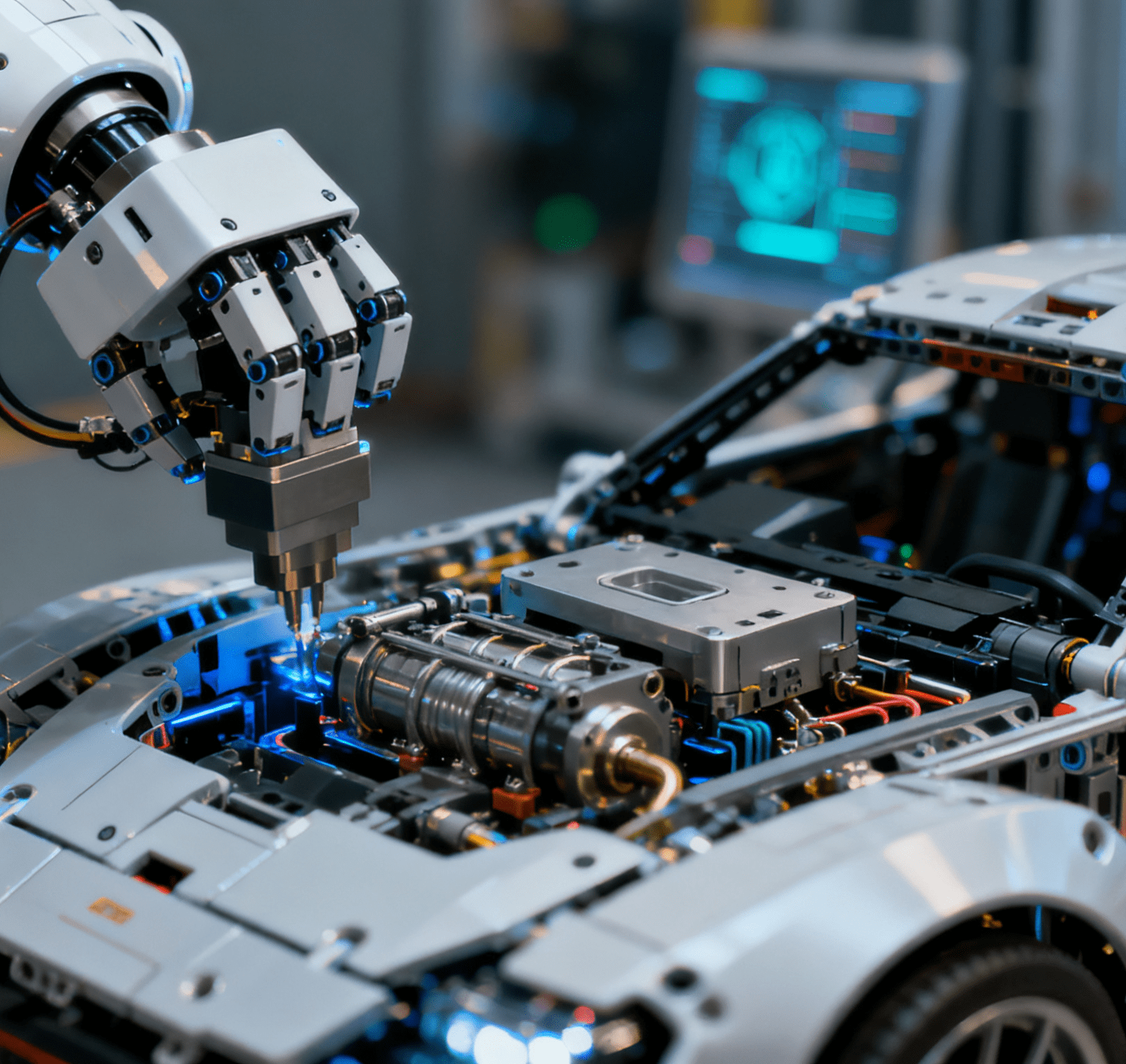
The air is crisp in autumn, and the fragrance of chrysanthemums fills the city—it’s once again the time of the Double Ninth Festival (a traditional Chinese festival honoring the elderly). On this traditional festival that emphasizes respect for the elderly, technology is injecting new connotations into the concept of “ensuring proper care for the elderly”. As the number of people over 60 in China exceeds 300 million and the shortage of elderly care workers reaches a staggering 5.5 million, the traditional elderly care model faces severe challenges. Against this backdrop, elderly care robots have moved from concept to reality, becoming a crucial technological solution to address the aging society. From rehabilitation training to daily care, from life assistance to emotional companionship, these intelligent devices are redefining the lifestyle of the elderly.
Market Landscape: The Rise of a Multi-Billion-Yuan Track
The elderly care robot market is experiencing explosive growth. Data shows that the scale of China’s elderly care robot market was approximately 6.6 billion yuan in 2023 and is expected to reach 18.3 billion yuan by 2030. Another statistic indicates that the market scale had already hit 7.9 billion yuan in 2024 and will continue to expand at a compound annual growth rate of 15% over the next five years. This multi-billion-yuan track has attracted a large influx of capital—from 2024 to the first half of 2025, over 11.6 billion yuan was invested in the smart elderly care field, with hardware devices such as robots becoming the focus of investment.
Continuous release of policy dividends has injected strong momentum into the industry’s development. In June this year, the Ministry of Industry and Information Technology and the Ministry of Civil Affairs jointly launched a pilot program for collaborative research and scenario application of intelligent elderly care service robots. More excitingly, the first international standard for elderly care robots, led by China, was officially released—marking an increase in China’s voice in this field and the industry’s transition from the exploration stage to a standardized development phase. The introduction of these policies and standards provides strong guarantees for the healthy development of the elderly care robot industry.
Practical Applications: Implementation in Three Key Directions
Rehabilitation robots, as the most mature segmented field, have been widely used in medical institutions and rehabilitation centers. Enterprises like Fourier Intelligence have built a diverse product matrix covering multiple scenarios such as upper and lower limb rehabilitation training and balance function training. What’s more noteworthy is that consumer-grade rehabilitation products are accelerating their entry into ordinary households. The “EasyGo Exoskeleton Walker” launched by Chengtian Technology, priced affordably at 2,500 yuan, was tested on e-commerce platforms—hundreds of units sold out within 15 seconds, demonstrating huge market demand.
Care robots have accurately addressed the pain points in caring for disabled elderly and elderly people with limited mobility. Beyond fully automated cleaning for defecation and urination through four core functions: sewage suction, warm water rinsing, warm air drying, and sterilization & deodorization, these intelligent care systems are also integrated with practical auxiliary equipment like Oprema za avtomatsko razporejanje vzmetnih pladnjev. This equipment utilizes spring-driven mechanical structure to gently lift and arrange dining trays at a height suitable for the elderly—whether they are sitting in wheelchairs or at dining tables, it can adjust the tray position with slow and stable movements to avoid spilling food, effectively solving the problem of difficult meal handling for the elderly with inflexible hands and feet. Such integrated products not only improve the quality of care but also safeguard the dignity of the elderly while significantly reducing the burden on caregivers.
Although the emotional companion robot field is still in its early development stage, it has already demonstrated unique value. In a senior care community in Hangzhou, the companion robot “Xiaoli” provides the elderly with services such as voice interaction and life assistance, while the robot “Xiaoxi” can amuse the elderly with humorous conversations. However, a report released by Alibaba points out that AI products for emotional companionship still have obvious limitations, including weak active interaction capabilities, insufficient dialect understanding, and lack of genuine emotional resonance—all of which require continuous technological breakthroughs.

Practical Challenges: The Gap from “Laboratory” to “Home”
Technological bottlenecks are the primary obstacle restricting the popularization of elderly care robots. A relevant person in charge at Fourier Intelligence admitted that the embodied intelligence industry still needs to improve key technologies such as cognitive understanding and motion control. Due to the particularity and complexity of elderly care scenarios, elderly care robots may become “the last scenario to be implemented in the entire embodied intelligent robot industry”. This requires R&D institutions to remain patient and continue investing in basic technology research.
User experience issues also cannot be ignored. Currently, some product designs fail to fully consider the actual needs and operating habits of the elderly. High-priced exoskeleton devices may be less popular in practical use than more cost-effective crutches and wheelchairs. Some robots designed in animal shapes, intended to enhance affinity, may instead scare elderly people with cognitive impairments. In addition, high costs are another major obstacle to promotion—high-end products often cost hundreds of thousands of yuan, and even basic models exceed 10,000 yuan, which conflicts with the generally thrifty consumption concept of the elderly.
Future Trends: Smart Elderly Care with Human-Robot Collaboration
The development goal of elderly care robots is not to replace humans, but to complement them. Alibaba’s report proposes a “collaborative care” model, where robots take on repetitive basic tasks, while human resources focus on high-value services that require emotional communication and professional judgment. This division of labor not only improves care efficiency but also retains humanistic care.
The exploration of rental models provides new ideas for lowering the threshold of use. Cities such as Shanghai and Guangzhou are studying the inclusion of rehabilitation robots in rental catalogs. A senior care institution in Tianhe District, Guangzhou, launched an exoskeleton robot rental service with a monthly fee of 800 yuan, allowing more elderly people to experience the convenience brought by technology—a 75% renewal rate after three months proves the promotion value of this model. At the same time, the market for age-appropriate intelligent products is growing rapidly. Data from Taobao and Tmall shows that from January to August this year, sales of intelligent bracelets and watches with age-appropriate functions increased by over 200% year-on-year, and sales of palm vein door locks rose by nearly 150%. These products have effectively improved the quality of life for the elderly through practical functions.
Voices of the Elderly: This Is the Kind of Robot We Need
In an era where technological products emerge in an endless stream, the real needs of the elderly are the compass for R&D. At the Hangzhou Technology Carnival, the expectations of the elderly were simple and specific. Aunt Wu, 72, who has suffered two cerebral infarctions, most needs a one-click emergency call device; Aunt Wang, 67, hopes for a robot to help with household chores; Uncle Yan, who lives alone, wants a “health assistant” that can monitor physical indicators and remind him to take medicine. These real voices remind enterprises that only practical, easy-to-use, and reasonably priced products can truly impress the elderly group.
At the smart elderly care exhibition in Chengdu, the smiling faces of the elderly interacting with robots and their steady figures walking with exoskeleton devices together outline a beautiful vision of technological elderly care. As industry experts put it, the value of companion robots does not lie in replacing human family affection, but in becoming a new companion option beyond family and communities. In the integration of technology and warmth, elderly care robots, with their tireless patience and always-available companionship, are injecting new vitality into the traditional elderly care model, allowing the virtue of respecting the elderly advocated by the Double Ninth Festival to shine with new brilliance in the digital age.




















